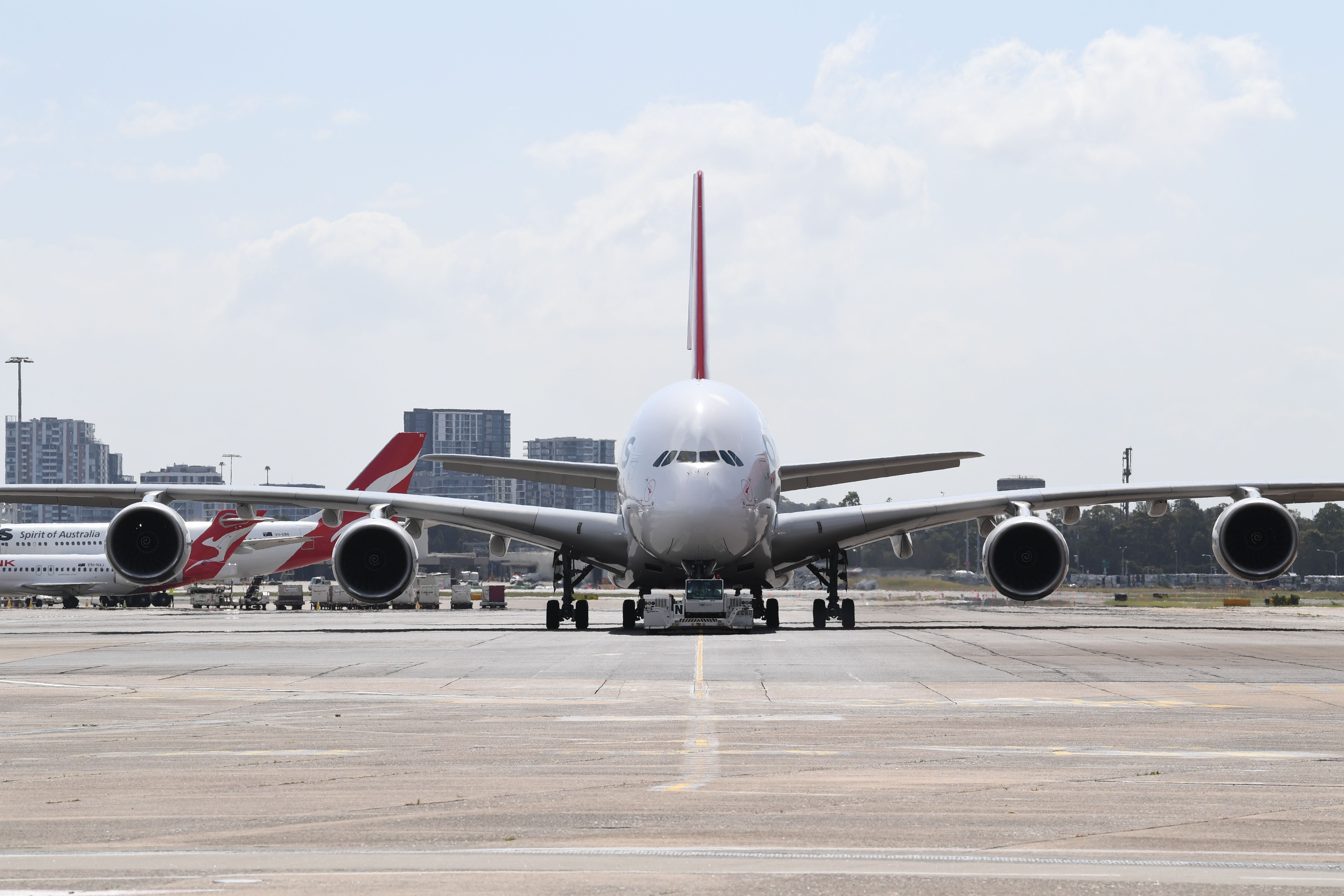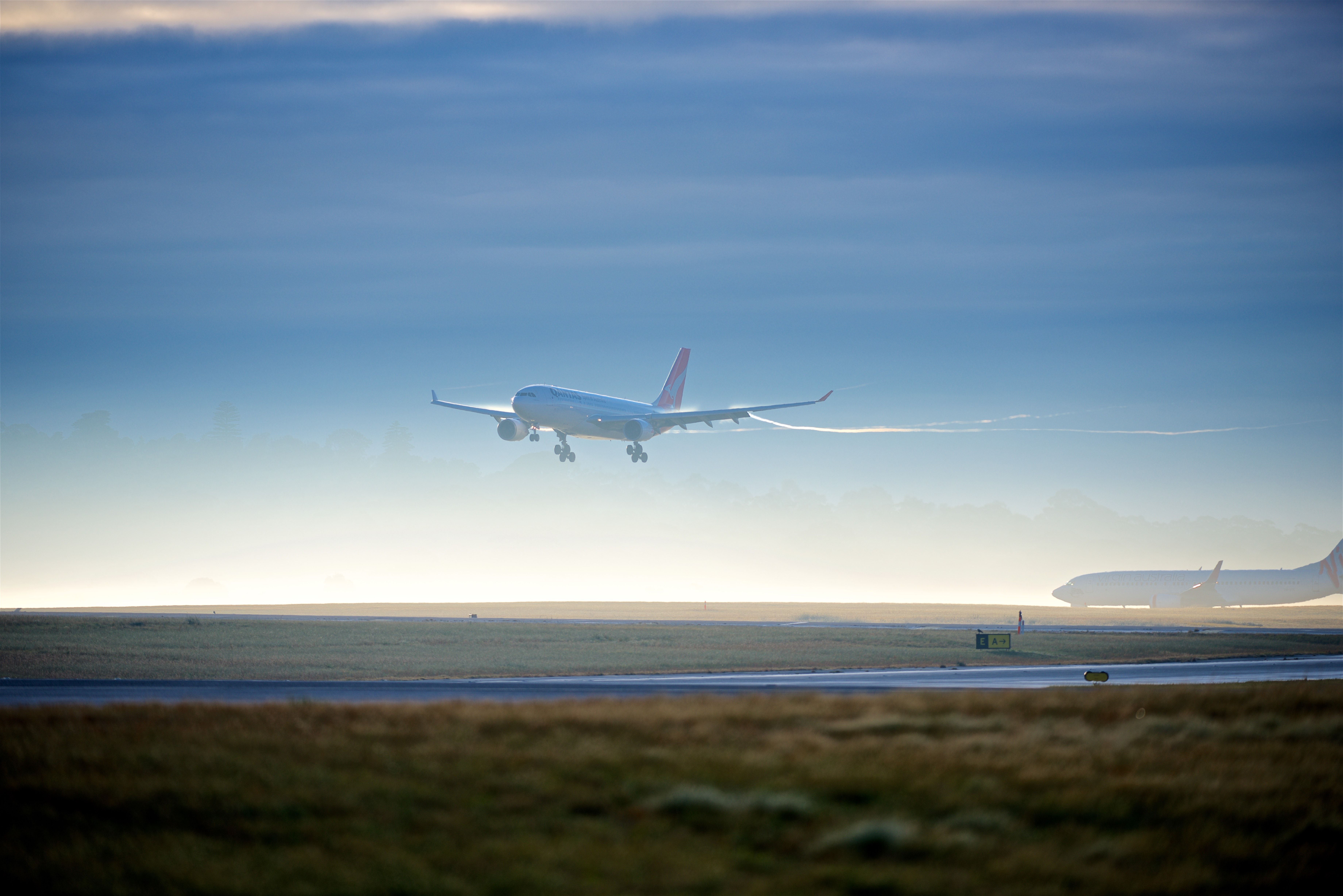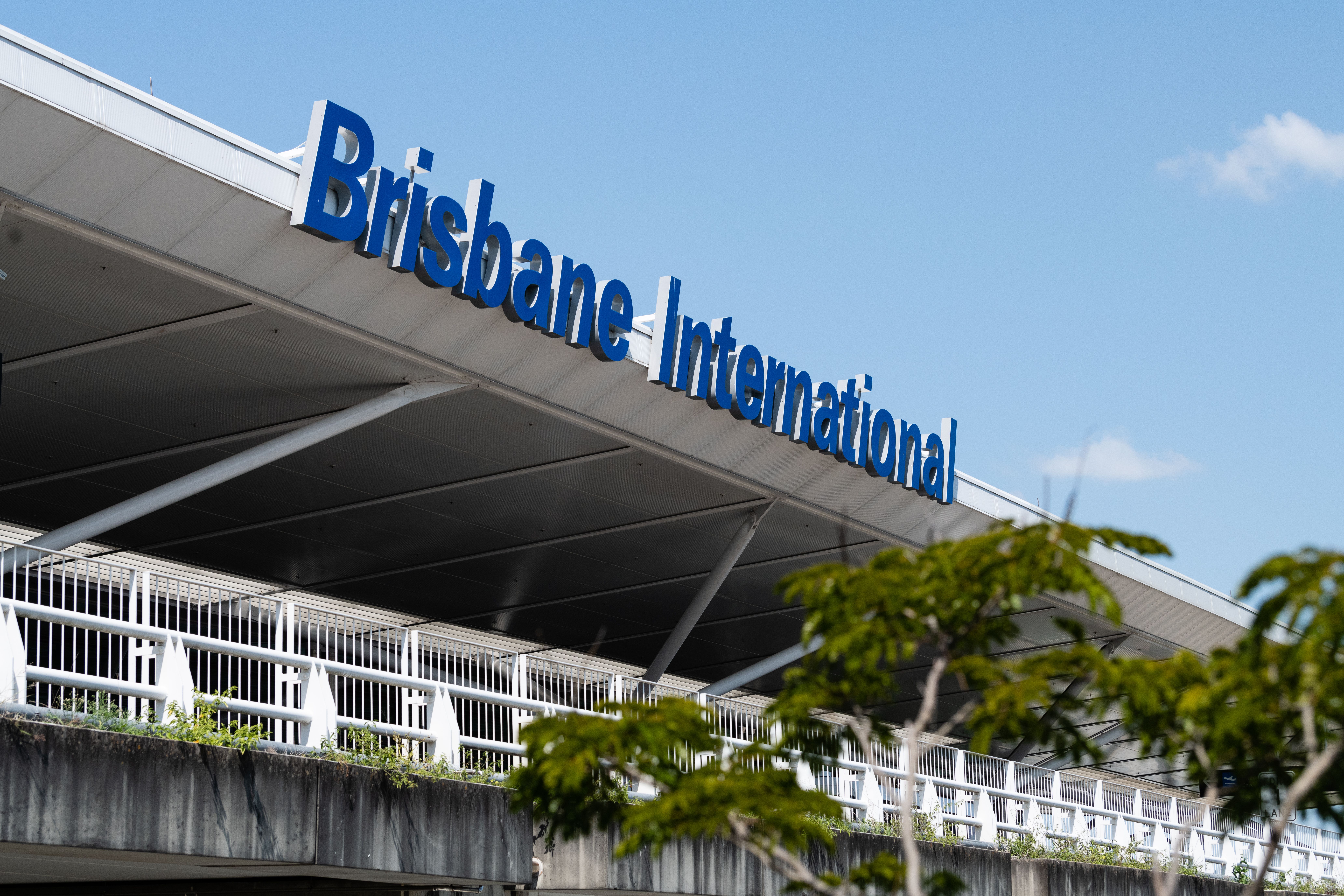Australia is one of the biggest countries in the world by kilometers. Its airport network is extensive, with its distance from popular holiday destinations such as North America, Europe, and East Asia. Over nine million tourists traveled to the country in 2019 – but where do most of them go?
5 Adelaide Airport
First up is Australia's medium-sized Adelaide Airport (ADL). Eleven airlines operate to and from the South Australian hub, including Qatar Airways, Singapore Airlines, Fiji Airways, Cathay Pacific, and Air New Zealand (alongside the Australian carriers). In 2019, the airport reported eight million passenger movements, but the number significantly dropped to almost 3 million in the year ending July 2021. However, like the others, the rebound is evident as Adelaide has reported 52% growth this year.
While the airport is international, it operates limited overseas services to Singapore, Doha, Indonesia, and Hong Kong. However, customers traveling from Qatar will usually fly to the bigger hubs in Australia. Meanwhile, Qatar launched a new Adelaide to Auckland, New Zealand route this March.
4 Perth Airport
Western Australia’s Perth Airport (PER) ranks fourth in the list while operating at a much lower capacity than the top three. Over 20 airlines fly to and from Perth, with the leading international carriers from Asia-Pacific nations.
In 2019, the airport saw over 12 million passenger movements. In the year ending in July 2021, the number dropped significantly to just 3.4 million, and while improvements are only increasing slightly, the airport has reported just over 5 million movements this year. However, Perth still sees a large number of passengers who want to travel to other Australian regions, as no major cities are nearby.
Its most popular domestic routes are Melbourne, Sydney, and Brisbane, and it operates frequent flights to Indonesia, Kuala Lumpur, Dubai, London Heathrow, and Doha. Perth also benefits from Qantas’ popular Italy destination; Sydney – Perth – Rome. The flag carrier reinstated the destination after halting it in 2003, and the route has been almost full since relaunching in June 2022.
3 Melbourne Airport
While Melbourne has consistently been the second-busiest airport in Australia for decades, the COVID-19 pandemic threw a massive spanner into its operations, as it now sits in third place. The Victorian airport was amid one of the strictest lockdowns in the world for months in 2020 and 2021.
In 2019, the airport reported just over 37 million passengers, but in the year ending in July 2021, it saw just over 6 million. According to the Australian Competition and Consumer Commission, while the other main hubs in Australia still turned a profit in 2020-21, Melbourne experienced major losses. However, the airport has seen almost 130% growth this year after reporting nearly 15 million passenger movements.
Melbourne operates 30 airlines in and out of the hub, including Qantas, Jetstar, Virgin Australia, REX, Air New Zealand, Qatar Airways, Xiamen Airlines, Sri Lankan Airlines, and United Airlines. While its domestic routes are similar to Sydney and Brisbane, Melbourne operates a high number of flights – about 35 – to Doha, Qatar.
Melbourne was the first Australian destination Qatar Airways launched in 2009, and because the airline maintained flights to the country even during the toughest lockdowns, it helped keep the airport afloat. In July, Qatar also chose to add Melbourne as its stop from Doha to Canberra, operated by the carrier’s Boeing 777-300ERs.
2 Brisbane Airport
For decades, Brisbane Airport maintained its position as the third-busiest hub in Australia, but now it takes second place and has come out on top in the post-pandemic recovery. Almost 30 airlines fly to and from Brisbane, with its popular domestic routes to Sydney, Melbourne, and Cairns. Internationally, Brisbane’s top routes are Singapore, Auckland, Port Moresby, Los Angeles, and Dubai.
Within Australia, Brisbane Airport (BNE) also gives access to some of the most popular tourist attractions, such as the Gold Coast, Sunshine Coast, and the Whitsundays, which were appealing amid international border closures.
In 2019, the airport reported 23.8 million inbound and outbound passengers. In the year ending in July 2021, the hub reported almost 800,000 passengers, and a year later, the number jumped up to over 11 million, which was a 44.7% improvement. Its primary airlines are Qantas, Virgin Australia, Jetstar, Fly Corporate, REX, Air New Zealand, Alliance Airlines, China Airlines, and Air Vanuatu.
While plummeting its international visitors, Brisbane, in the 12 months to 30th June 2021, surpassed Sydney’s domestic passengers. The Queensland-based airport saw 7.31 million movements, ahead of Sydney’s 7.26 million. Brisbane’s success isn’t too much of a shock, as it is known as Australia’s best-connected domestic airport, offering more city pairs than any other.
1 Sydney International Airport
Inevitably, Sydney Kingsford Smith International Airport (SYD) takes the cake as the busiest Australian airport. With over 40 airlines flying to and from Sydney every week, and its connections to popular international routes, the capital of New South Wales has maintained its top position dating back to the 1980s.
In 2018, the airport had 44.4 million inbound and outbound international passengers. While the global crisis has slowed things down, especially as Australia experienced some of the toughest COVID-19 restrictions in the world, it is gradually restoring its capacity.
In the year ending in July 2021, the hub reported over 7 million passengers but saw a massive uptick at the same time in 2022, carrying over 16 million passengers. According to the Australian Bureau of Infrastructure, Transport and Regional Economics (BITRE), this was a 116.3% bounce back for the airport.
The leading airlines flying from Sydney include Qantas – which operates to 59 destinations – Jetstar, Virgin Australia, Regional Express (REX), Air New Zealand, Fly Pelican, United Airlines, Vietnam Airlines, and Emirates, according to Flight Connections. It flies the most to Melbourne, Brisbane, and the Gold Coast within its domestic markets. Its top international routes are Singapore, Auckland, Fiji, Los Angeles, Tokyo, and Kuala Lumpur.
However, Sydney’s reign may be threatened in 2026 when the Western Sydney International Airport is set to begin operations. While operating international and domestic routes, the airport will also be curfew free.
Sources: Flight Connections, ACCC, BITRE



